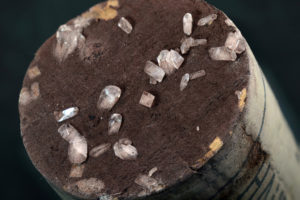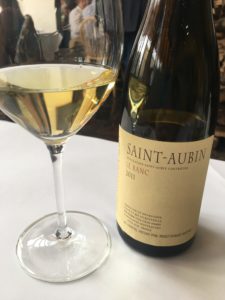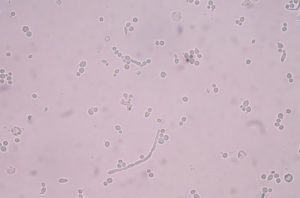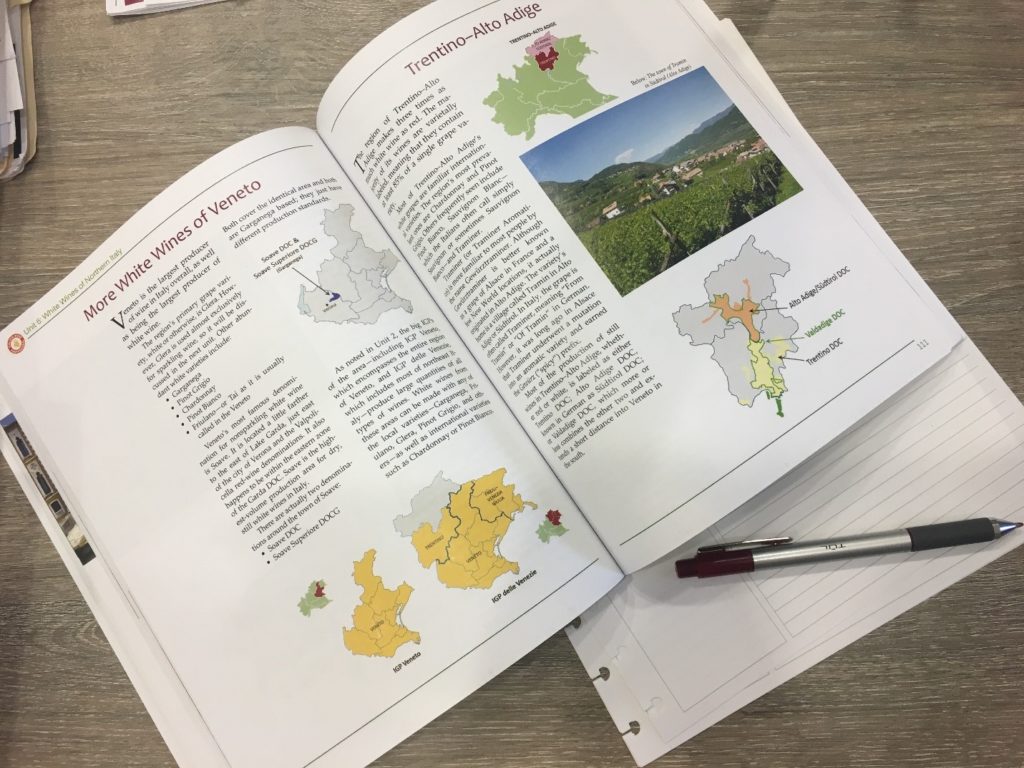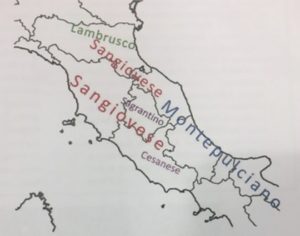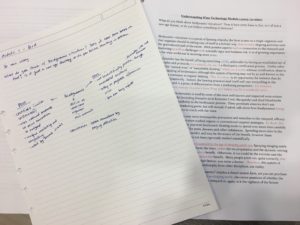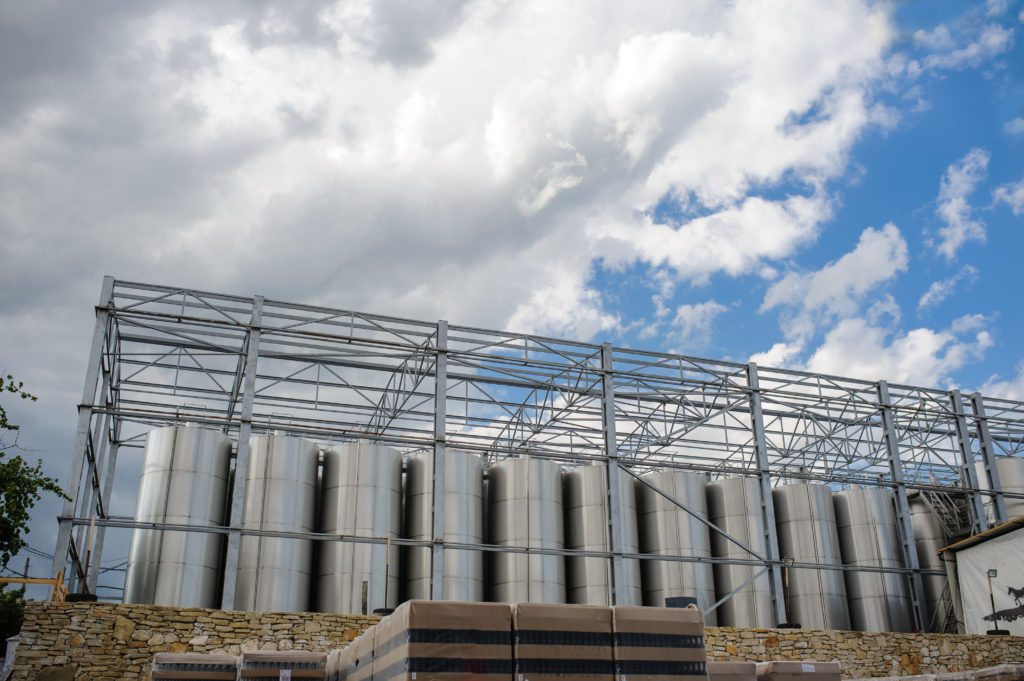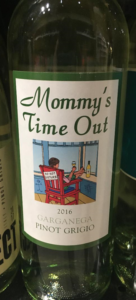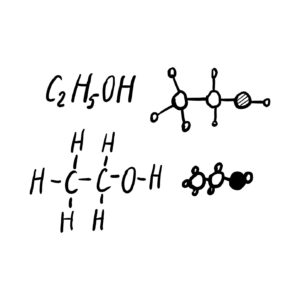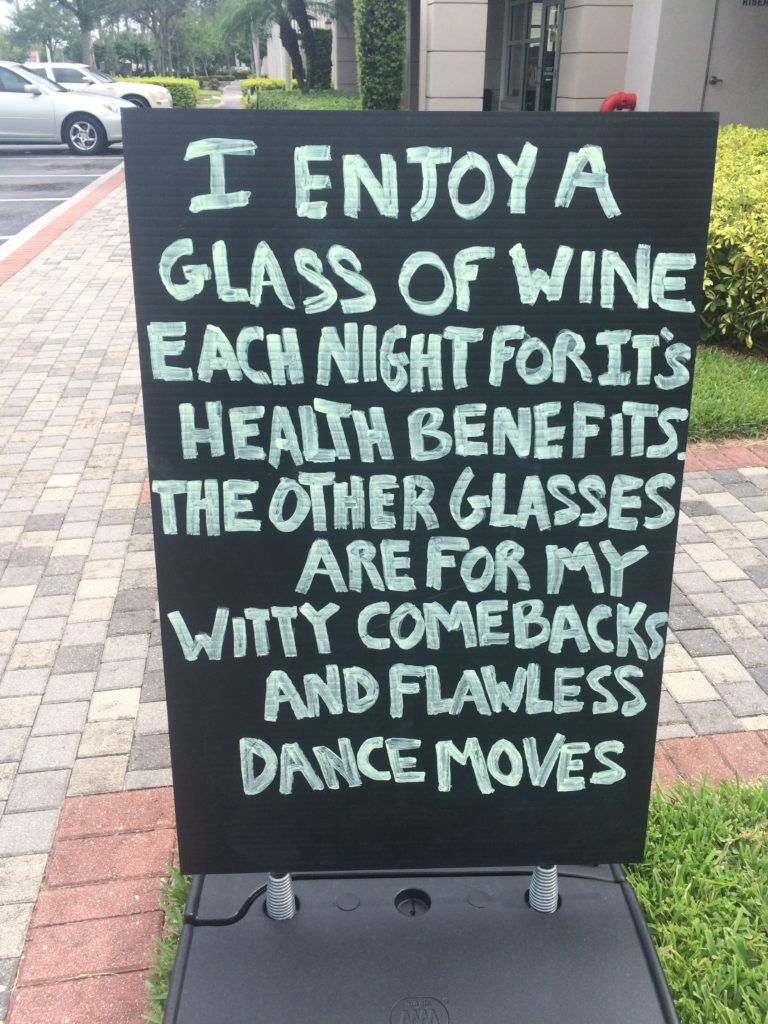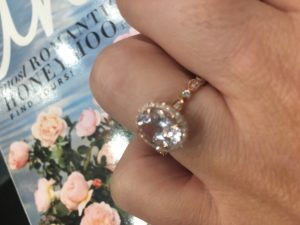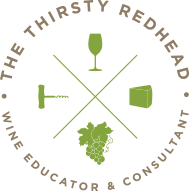Oh my god, this is so bad. I’m pretty certain that the following essay is a fail.
This was a tricky question too: basically asking what advice I’d give to a sommelier when dealing with tartrates in front of a customer. Ignore it?
I definitely didn’t have enough advice to fill an hour. I finished the following essay in under 25 minutes (including mind mapping) not because I’m quick, but because I had little to say on the topic.
This essay also successfully illustrated how little I know about the facts when it comes to tartrates. I totally blanked when trying to explain the origin of the crystals, how they form a a technical description of how they can be removed (and there is more than one way to remove them!) I think the structure of my essay overall is alright, but I had nothing to say on the topic and it shows!!!
**sigh** I guess that’s why we do practice essays.
**************************************************
How would you advise a sommelier in dealing with naturally-occurring tartrates with a customer?
Tartrate crystals (sodium bitartrate) are natural by-products of the fermentation process and a particular issue for white wines as the tartrate crystals will build under chilled conditions. The concern is that, though completely harmless, it looks like tiny shards of broken glass. Tartrate crystals in red wines are not as noticeable (possibly at the end of the cork) and so this tends to be more of a white wine issue. Sommeliers may encounter tartrate crystals when serving wines to a guest and there could be three ways to deal with this in front of a customer: decanting, switching wines or education.
Tartrate crystals are large enough to see and, while totally harmless, can give a slight bitterness when consumed. For customers expecting a clear bottle of wine, decanting the wine off of its tartrate sediment could be an easy solution. Filtering the wine through a wetted paper coffee filter would also help to recover the most amount of wine possible.
If the customer is particularly sensitive about the crystals, gently steering the customer to a completely different winey could be another successful tactic to dealing with customer situations. As tartrate crystals are more likely to happen in smaller-production wineries (where the crystals can be explained to buyers), suggesting larger case production winery brands could help avoid this situation altogether.
Finally, a sommelier could educate the customer on what is happening in the bottle. Tartrate crystal formation is the result of less process at the winery. To remove tartrate crystals, the wine needs to be chilled to -4°C for up to a few weeks in order for the crystals to come out of suspension before the wine is then filtered off. The customer then may delight in knowing that they have a less filtered (so less manipulated) wine in their glass.
While completely harmless, some guests at a restaurant expect their wines to be crystal clear and sommeliers need strategies when encountering tartrate crystals tableside. Though the physical act of decanting (or filtering), by switching to a winery less likely to throw tartrate crystals or by education, a sommelier can successfully serve the needs of their guests.

